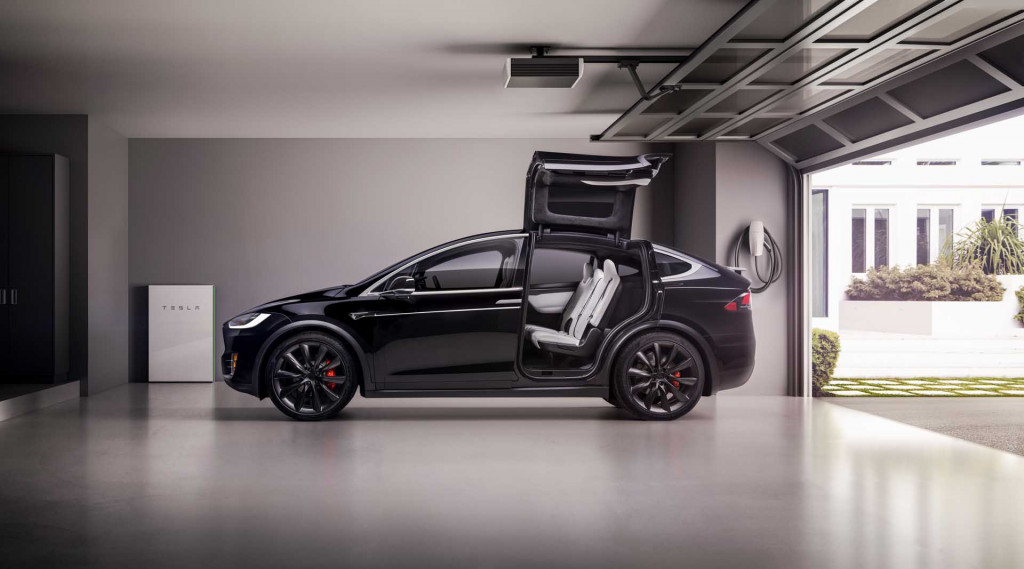Pedestrians beware: Update enables Tesla owners to create their own horn sounds
Tesla released a software update over the holiday weekend that added Boombox mode, which allows drivers to play custom sounds outside the car.
Instead or a normal car horn, Boombox mode includes options like a goat bleating, ice cream truck music, applause, and fart sounds.
While Tesla owners have been able to replicate the sound of flatulence inside their cars for some time, they haven’t been given the option to inflict their lowbrow humor on people outside the car until now, thanks to hardware designed for a more serious purpose.
Boombox mode is only available on Tesla electric cars built after Sept. 1, 2019. That’s when Tesla started adding speakers to project federally mandated pedestrian-warning noises, noted The Verge.
So-called “quiet car” rules require electric cars and hybrids to emit artificially generated noises at speeds up to 18.6 mph. Regulators believe the lack of engine noise can make EVS too difficult to hear at lower speeds, but tire noise, wind buffeting, and other sounds pick up at higher speeds.

2020 Tesla Model X
These rules were first proposed in 2010, but weren’t finalized until 2018. Implementation was then delayed by the coronavirus pandemic.
Tesla isn’t the only automaker to get creative with EV sounds. Ford drafted electronic musician Matthew Dear to remix sounds from its Mustang Mach-E electric SUV into a song, while Karma Automotive has said it will use artificially generated sounds to create a distinctive brand identity for its planned electric cars.
Tesla drivers do get more control over the sounds their cars make, though. In addition to the pre-programmed sounds, owners can add up to five sounds via USB drive.
Boombox mode was packaged with Tesla firmware update 2020.48.26, which also included changes to the display for Supercharger DC fast charging and the scheduled-departure feature, as well as three new video games—”The Battle of Polytopia,” “Cat Quest,” and “Solitaire”—that can be played while the car is parked.
It’s another example of Tesla using over-the-air software updates to add new features to existing cars, or improve features like its Autopilot driver-assist technology.

